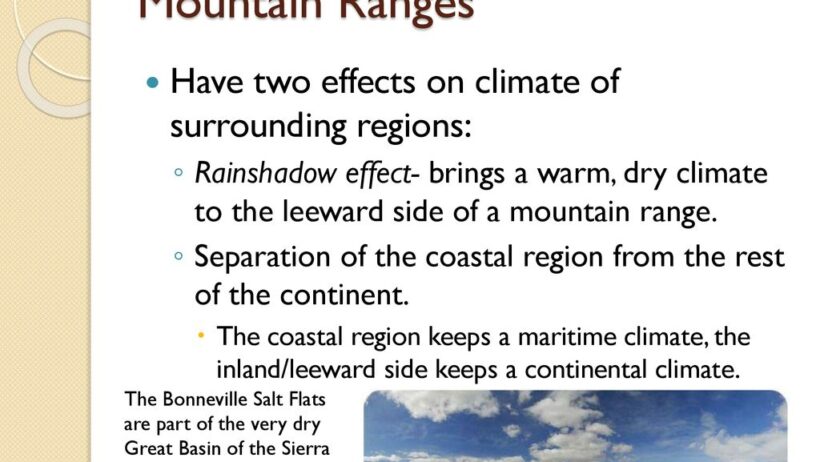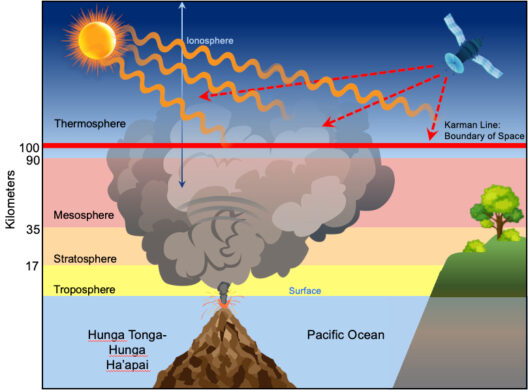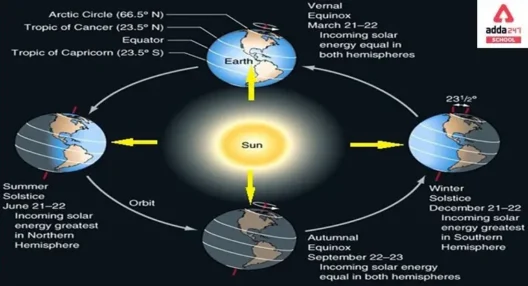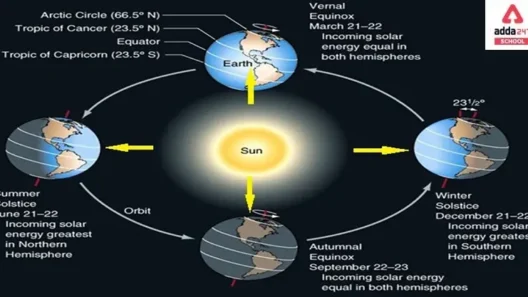Mountain ranges and coastal zones stand as the Earth’s sentinels, sculpting the climate with a majesty that belies their often-omnipresent nature. These geographical features do not merely serve as backdrops for landscapes; they are pivotal players in the Earth’s intricate climatic orchestra. To understand how mountain ranges and coastal zones manipulate regional climates, one must delve into the nuances of their respective mechanisms.
Mountains, with their towering peaks and dramatic slopes, function as formidable barriers. As moist air masses encounter these elevated terrains, the phenomenon of orographic lift takes place. This occurs when air is forced to ascend, cooling as it rises. As the air cools, its capacity to hold moisture diminishes, resulting in precipitation primarily on the windward side of the mountain. The lush landscapes that emerge here are often in stark contrast to the arid conditions found in the rain shadow region on the leeward side. Such dichotomy can create microclimates within short distances, a fascinating display of nature’s capriciousness.
Consider the Sierra Nevada in California, where the western slopes are adorned with rich forests, teeming with biodiversity, while the eastern slopes slip into the arid expanses of the Great Basin. This radical difference in climate attributable to the Sierras exemplifies how mountains sculpt environmental conditions, creating habitats that host a myriad of flora and fauna, some of which exist nowhere else on Earth.
In contrast, coastal zones operate under a different set of dynamics yet maintain their role as potent climate influencers. The proximity to large bodies of water imbues these regions with unique climatic characteristics. Oceans act as heat reservoirs, absorbing solar energy during the day and releasing it slowly at night, moderating temperature fluctuations. This thermal inertia creates a more temperate climate in coastal zones compared to inland areas, where the temperature can swing dramatically.
The phenomenon of sea breezes exemplifies the interaction between ocean and land. During the day, land heats up more quickly than water, causing air above the land to warm, rise, and create a low-pressure zone. Cooler ocean air then moves in to replace it, resulting in a refreshing breeze that can lower temperatures and sustain a more stable microclimate along the coast. This interplay not only dictates diurnal temperature variations but also influences local weather patterns, fostering an environment conducive to diverse ecosystems.
Furthermore, the coastal zones are often pivotal in regulating extreme weather events. The temperate influence of the ocean can mitigate the intensity of storms. For example, as hurricanes make landfall, their fury can be tempered by the cooler waters nearby, altering their trajectory and intensity. This critical interaction showcases the ocean’s role as both a nurturer and an arbiter of climatic conditions, highlighting the delicate balance within our planet’s environmental systems.
While both mountain ranges and coastal zones are critical in climate moderation, they also serve as filters for human development. Urbanization in foothills or coastal regions raises significant concerns regarding climate resilience. The microclimates created by these terrains must be carefully studied to ensure sustainable development. As cities expand into these sensitive areas, the consequences include not only a disruption of local ecosystems but also an increased vulnerability to climate change impacts. Rising sea levels threaten coastal communities, while increased temperatures in fragmented mountain habitats place native species at risk.
Nonetheless, the symbiotic relationship between these natural structures and the atmosphere is not merely one of antagonism. Ethereal as it may seem, mountains and coasts bestow gifts upon the ecosystems they encompass. The rich sediments washed down from mountains during seasonal rains provide fertile soils that nourish agricultural ventures downstream. Conversely, the myriad of nutrients churned up in coastal waters support vibrant marine ecosystems that are crucial for both ecological balance and human livelihoods.
As the sun sets behind jagged mountain silhouettes, or the waves crash against sandy shores, one cannot help but recognize the majesty of these geographical features. Each peak and every grain of sand form part of a complex web of life, gravely influencing regional climates. It is this interconnectedness that epitomizes the anthropogenic reality of our world—humans are indelibly linked to the mountains that rise and the coasts that recede. Our environmental stewardship must encompass a profound understanding of these natural systems, ensuring we tread lightly on the lands that shape our climates.
In summation, mountain ranges and coastal zones are not merely geographical entities; they are dynamic participants in the Earth’s climatic narrative. Through their intricate interactions, they shape not just the weather patterns but the very essence of the environments they envelop. Acknowledging the complexities of these relationships is paramount. Moving forward, it is imperative that our societal advancements are in harmony with these natural forces, fostering resilience and sustainability for future generations.






